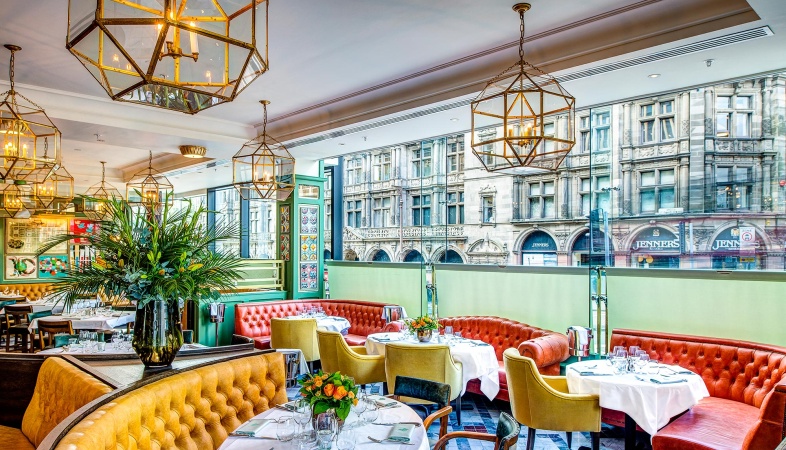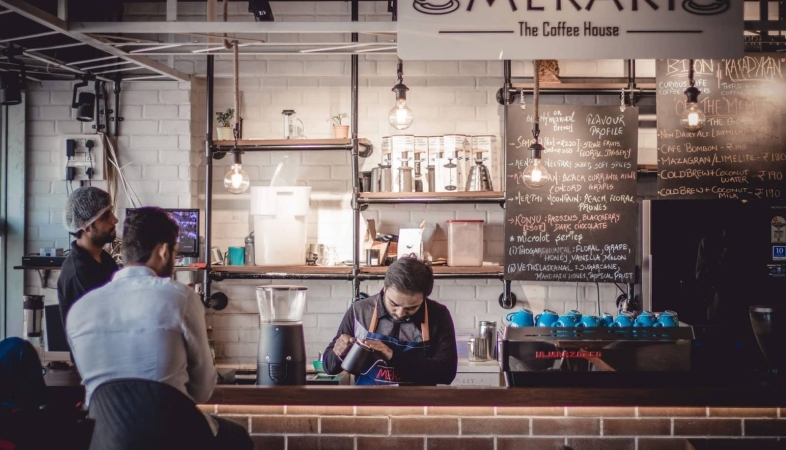Cultural Cuisine: Incorporating Heritage and Tradition into Restaurant Interiors
One powerful way that restaurants can evoke the essence of a culture is through their interior design

Restaurants are not just places to enjoy a meal; they are
portals to different cultures, offering patrons a taste of the traditions,
flavors, and hospitality of distant lands. One powerful way that restaurants
can evoke the essence of a culture is through their interior design. By
incorporating elements of heritage and tradition into restaurant interiors,
establishments can create immersive dining experiences that transport guests to
far-off lands and celebrate the richness of diverse culinary traditions.
One of the most effective ways to incorporate heritage and tradition into restaurant interiors is through the use of authentic materials and decor elements. From handcrafted textiles and pottery to traditional artwork and architectural details, these elements serve as visual reminders of a culture's history and craftsmanship. For example, a Mexican restaurant might feature colorful talavera tiles, handwoven textiles, and vibrant papel picado banners to evoke the spirit of Mexico's rich cultural heritage.
In addition to decor elements, restaurant interiors can also reflect cultural traditions through their layout and design. For example, communal dining tables or seating areas inspired by traditional gathering spaces can evoke a sense of community and conviviality that is central to many cultures. Similarly, the layout of the restaurant may be designed to mimic the flow of a traditional market or street food stall, creating an immersive and interactive dining experience for guests.
Furthermore, restaurants can incorporate cultural traditions into their interior design through the use of symbolism and storytelling. For example, a Chinese restaurant might feature symbols of luck and prosperity such as red lanterns and dragon motifs, while a Japanese restaurant might incorporate elements of nature and tranquility such as bonsai trees and rock gardens. These symbolic elements not only add visual interest to the space but also deepen the connection to the culture being celebrated.
Another way to incorporate heritage and tradition into restaurant interiors is through the menu and culinary offerings. By showcasing authentic recipes and ingredients from a specific culture, restaurants can further immerse guests in the culinary traditions of that region. This holistic approach to cultural cuisine extends beyond the plate to encompass every aspect of the dining experience, creating a cohesive and memorable experience for guests.
Ultimately, incorporating heritage and tradition into restaurant interiors is about more than just aesthetics; it's about creating meaningful connections and fostering a deeper appreciation for diverse cultures and cuisines. By embracing the richness and diversity of world cultures, restaurants can create immersive dining experiences that celebrate the universal language of food and bring people together across borders and boundaries.
.png)




























